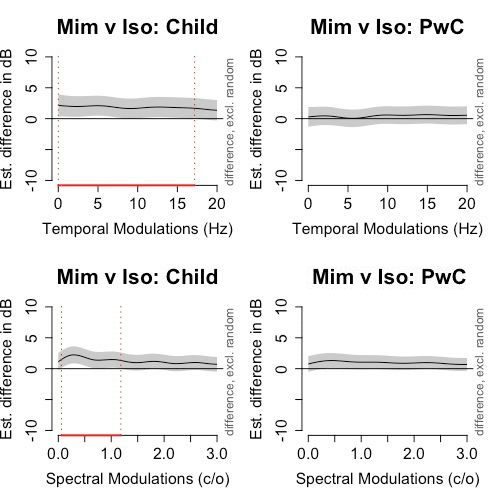
Prior research has shown that laughter is closely linked to pragmatic development in preschoolers. Our study examined how children (6–10 y/o) and adults align through laughter. In our data, children laugh as frequently as adults, but their mimicry and acoustic alignment differ. In adults (parent interacting with child, PwC), Mimicking (Mim) and Isolated (Iso) laughter are acoustically similar due to local alignment with the interlocutor’s prior laugh. In children, however, Mimicking laughter lacks this alignment and it is markedly different from Isolated laughter (ranges highlighted in red). These findings show that the interactive use of laughter continues to develop in middle childhood, highlighting its role as a window into cognitive and pragmatic development.
Journal of Nonverbal Behavior, February 2025. — @HAL
